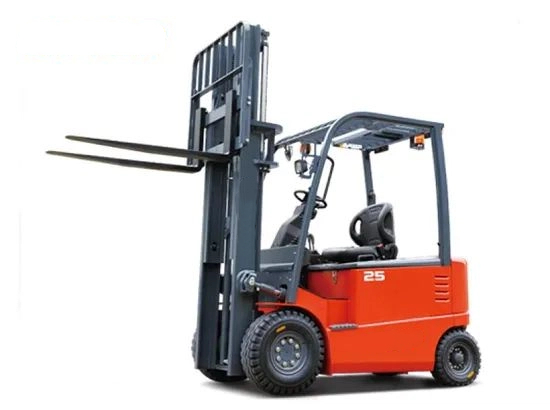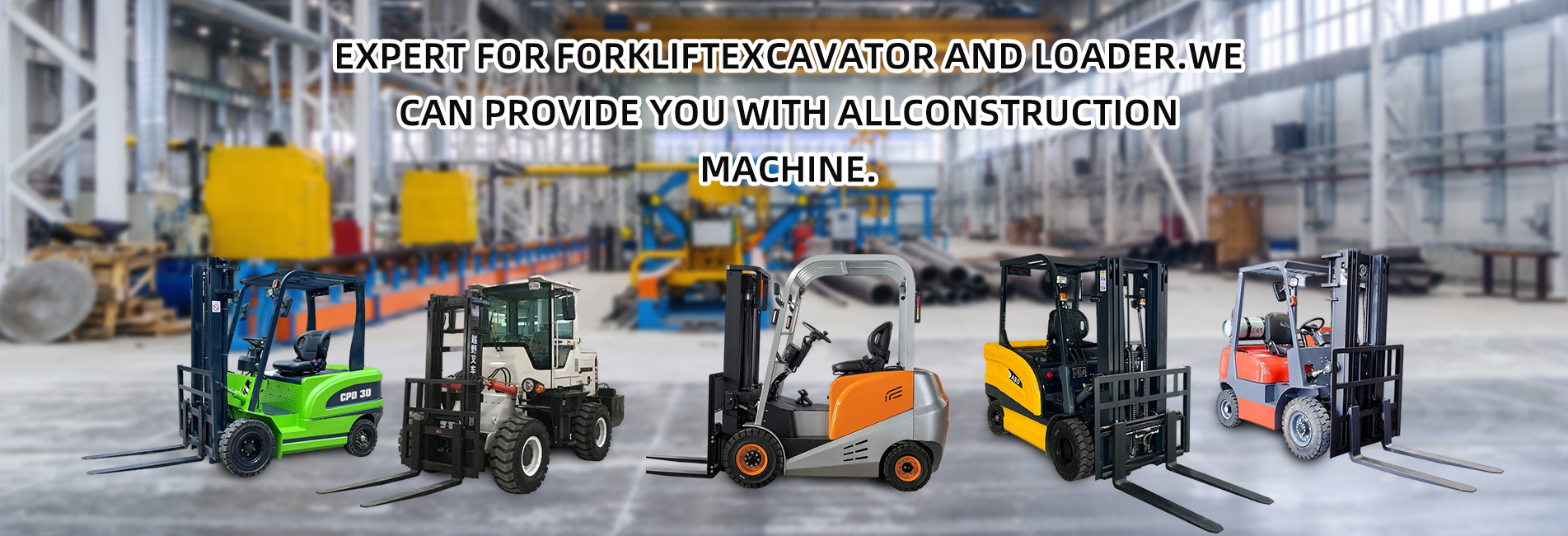The advantages of electric small forklifts and LPG (liquefied petroleum gas) forklifts each have their focuses. Which one is more advantageous specifically needs to be comprehensively judged by combining factors such as operating scenarios and usage requirements. The following is a comparative analysis from multiple dimensions:

Environmental Protection and Adaptability to Operating Environment
Electric small forklifts have significant advantages in environmental protection. Powered by batteries, they achieve zero exhaust emissions during operation and produce extremely low noise (usually below 60 decibels). They are very suitable for indoor scenarios with high environmental requirements, such as food processing plants, pharmaceutical warehouses, and electronic workshops. They can avoid pollution of goods and the environment by exhaust gas and also create a more comfortable working environment for operators.
LPG forklifts produce a certain amount of exhaust gases such as carbon dioxide and carbon monoxide during combustion. Although they are cleaner than diesel forklifts, they still need to be used in well-ventilated places. If working in a closed room for a long time, additional ventilation equipment may need to be installed; otherwise, air quality will be affected. However, LPG forklifts have stronger adaptability to outdoor environments, and low temperature, humidity and other weather conditions have little impact on their power.
Operating Costs and Maintenance
Electric small forklifts have lower energy costs. The electricity cost is usually lower than the cost of LPG fuel, and the charging process is relatively simple, especially in areas with peak-valley electricity prices, which can further reduce costs. In terms of maintenance, their structure is relatively simple, without complex engine systems. Daily maintenance mainly involves checking the battery, motor and hydraulic system, with a longer maintenance cycle and lower long-term maintenance costs. However, it should be noted that the battery has a certain service life (usually 3-5 years) and needs to be replaced when it expires, which is a considerable one-time expenditure.
LPG forklifts have relatively higher fuel costs, and the fuel tanks need to be replaced or refilled regularly, which may increase the frequency of work interruptions. In terms of maintenance, since they involve engines, fuel supply systems, etc., there are more maintenance items, such as replacing engine oil and spark plugs. The short-term maintenance cost is higher than that of electric forklifts, but the service life of core components is longer, and the replacement cost of fuel tanks is lower than that of batteries.
Power Performance and Endurance
LPG forklifts have more advantages in power output, with good acceleration performance and slightly higher load-carrying capacity (under the same power) than electric forklifts. They are suitable for scenarios that require frequent lifting and handling of heavier goods (close to the rated load limit of the forklift). In terms of endurance, LPG forklifts can achieve rapid energy replenishment by replacing the fuel tank in just a few minutes, making them suitable for long-term, high-intensity continuous operations without worrying about running out of power midway.
Electric small forklifts have stable power output and precise speed regulation, making them suitable for scenarios with high requirements for operational accuracy (such as handling precision instruments). However, their endurance is limited by battery capacity. Generally, they can work for 6-8 hours on a single charge. If the working time is long or charging is not timely, it may be necessary to equip with a backup battery, and replacing the battery will increase downtime.
Operation and Site Restrictions
Electric small forklifts have a low operating threshold, with gentle starting and braking, making them easy for novices to get started. They have no engine vibration and high driving comfort. In addition, their bodies are usually more compact and flexible in steering, making them suitable for operations in narrow passages and low spaces (such as small warehouses).
Due to the existence of fuel tanks, LPG forklifts may have slightly larger body sizes and have certain requirements for the width of the working space. During operation, the engine has a certain amount of vibration and noise, which may make operators feel fatigued after long hours of driving. However, for those who are accustomed to operating traditional fuel vehicles, the difficulty of adaptation is relatively low.
In summary, if the operation is mainly indoor, sensitive to environmental protection and noise, with moderate operation intensity and guaranteed charging conditions, electric small forklifts have more obvious advantages; if it is necessary to take both indoor and outdoor operations into account, with high requirements for power and endurance, high operation intensity and acceptable higher fuel costs, LPG forklifts are more suitable. In actual selection, the advantages and disadvantages of the two can be weighed according to core needs such as the operating site, load capacity, and daily working hours.


